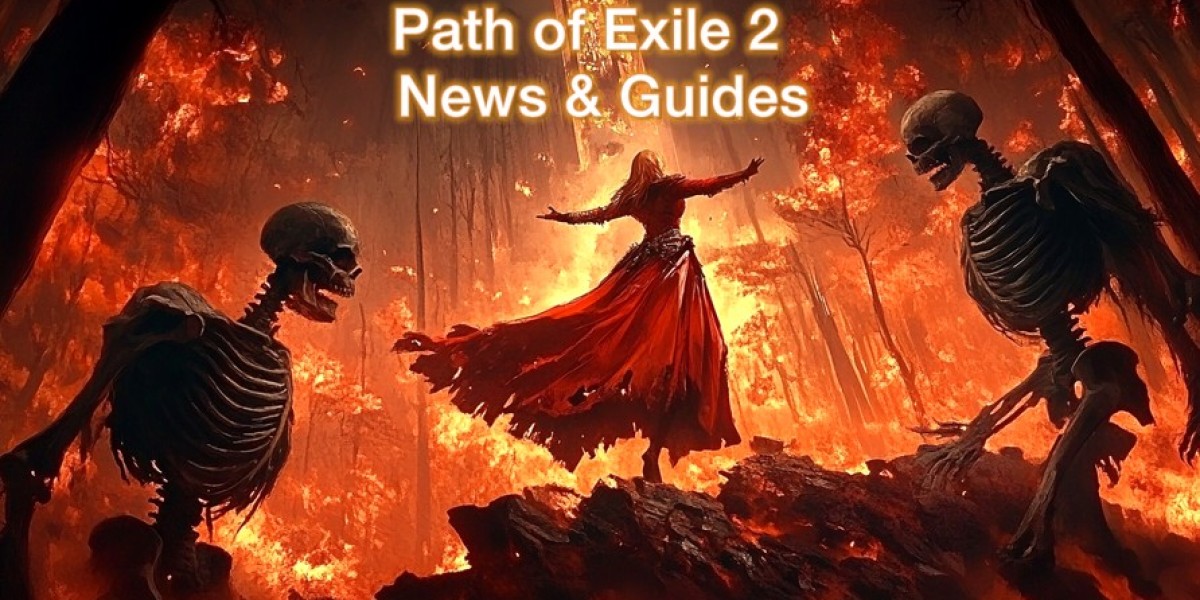Introduction to Graph Traversal
Graph traversal is a fundamental concept in computer science that involves visiting all nodes or vertices of a graph systematically. Two of the most widely used traversal techniques are Breadth-First Search (BFS) and Depth-First Search (DFS). Both are essential for solving problems in networking, pathfinding, artificial intelligence, and data analysis, but they operate using very different strategies and are suited for different scenarios.
What is Breadth-First Search (BFS)
BFS is a graph traversal algorithm that explores nodes level by level. Starting from a selected node, BFS visits all its immediate neighbors first, then moves to the neighbors of those nodes, and continues this process until all reachable nodes are visited. BFS is implemented using a queue data structure to keep track of nodes to visit next. This level-order approach ensures that BFS always finds the shortest path in an unweighted graph, making it ideal for shortest-path problems, social network analysis, and many search applications.
What is Depth-First Search (DFS)
DFS, on the other hand, explores a graph by going as deep as possible along one branch before backtracking. Starting from a chosen node, DFS follows a path until it reaches a node with no unvisited neighbors, then backtracks to explore other branches. DFS is often implemented using a stack or recursion, which allows it to remember the path it has taken. This depth-oriented approach is useful for tasks like topological sorting, cycle detection, solving puzzles or mazes, and exploring all possible configurations in a state space.
Key Differences Between BFS and DFS
Traversal Approach: BFS visits nodes level by level, ensuring all nodes at a given depth are visited before moving deeper. DFS dives deep into each branch, exploring as far as possible before backtracking.
Data Structures Used: BFS uses a queue to maintain the order of exploration, while DFS uses a stack or recursion to explore nodes along a single path.
Pathfinding and Shortest Path: BFS is guaranteed to find the shortest path in unweighted graphs because it explores neighbors closest to the starting node first. DFS does not guarantee the shortest path because it may follow a long path first.
Memory Usage: BFS can consume more memory than DFS in wide graphs because it stores all nodes at the current level in the queue. DFS typically uses less memory, especially when implemented recursively, since it only needs to store nodes along the current path.
Completeness and Applicability: BFS is complete for finding a solution if one exists, while DFS may get stuck in infinite paths in graphs with cycles unless visited nodes are tracked. DFS is more suitable for problems where exploring all possibilities is necessary, such as solving puzzles or generating permutations.
Time Complexity: Both difference between bfs and dfs have a time complexity of O(V + E), where V is the number of vertices and E is the number of edges. However, the practical performance may vary depending on graph structure and the order in which neighbors are explored.
Use Cases for BFS
BFS is particularly effective when the goal is to find the shortest path or the minimum number of steps from a starting node to a target node. Common applications include routing algorithms, level-order traversal in trees, peer-to-peer networks, and analyzing social networks for connections.
Use Cases for DFS
DFS is ideal for tasks that require exploring every possible path, detecting cycles, performing topological sorting, solving mazes, or analyzing strongly connected components in graphs. It is widely used in backtracking algorithms and recursive problem solving where depth exploration is crucial.
Considerations When Choosing Between BFS and DFS
The choice between BFS and DFS depends on the problem requirements, graph size, and memory constraints. BFS is preferred when the shortest path or level information is important, while DFS is chosen when memory efficiency and exhaustive exploration are the priorities. In some cases, hybrid approaches like iterative deepening search combine the strengths of both BFS and DFS.
Conclusion
BFS and DFS are two powerful graph traversal algorithms, each with its strengths and ideal applications. BFS explores level by level and guarantees shortest paths in unweighted graphs, while DFS dives deep into paths and excels at exhaustive exploration and backtracking problems. Understanding their differences, advantages, and limitations allows developers and computer scientists to select the right approach for tasks in pathfinding, problem solving, and data analysis.







